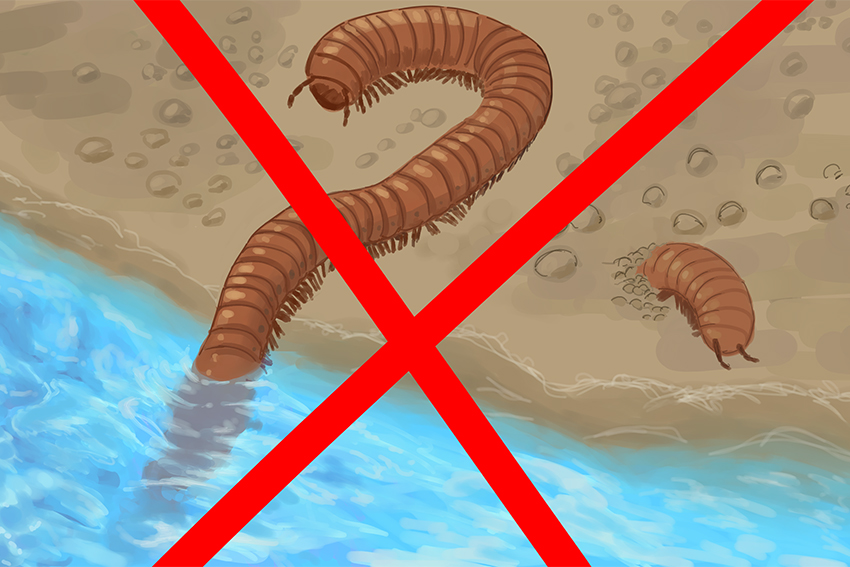Until this summer, scientists thought that an ancient millipede, Pneumodesmus newmani, was the oldest air-breathing land animal. However, a former Jackson School of Geosciences student came up with a creative solution to test soil samples, showing that this species of millipede is much younger than it was previously thought to be.
When Stephanie Suarez was an undergraduate geological sciences senior, she published the findings regarding the ancient millipede in the journal PLOS ONE along with geological sciences associate professor Elizabeth Catlos, geological sciences professor Daniel F. Stockli and University of Massachusetts Boston professor Michael Brookfield.
Brookfield provided Catlos with the soil samples that Suarez would later study. Brookfield had previously traveled to Cowie, a village in Aberdeenshire, Scotland, where he saw a local museum’s display of the millipede that claimed the specimen was the first air-breathing land animal.
“He noted how there were no radiometric dates of it, even though it is claimed to be the ‘oldest,’” Suarez said. “He knew this study would have large implications and gathered three samples to send to UT-Austin (from) above and below the fishbed where the fossil was found in 2004.”
Catlos, who taught Suarez in her Earth Materials class, invited Suarez to help on this project.
“She was always motivated and really stood out here at UT,” Catlos said. “I asked her if she wanted to work on (this) small project with me, and I told her that if she could get it to work, she would have a research project.”
However, Catlos and Suarez had not often worked with loose ash samples.
“I usually work with rock, and you can usually work with thin sections and make microscope slides,” Catlos said. “Microscope slides wouldn’t work for this.”
Determined to find the age of the samples, Suarez accepted the offer and began researching ways to get radioactive materials that could be dated, such as pieces of the mineral zircon, out of the ash.
Suarez first tried the traditional dating method: heavy mineral separation. She crushed the rock and used an organic solvent to separate out heavier minerals. The ashes in the sample clumped together, and no zircons sank to the bottom.
However, Suarez said she was not discouraged. She continued researching and came across a 2014 study led by Gregory Hoke from Syracuse University in which an ultrasonic clay separator was used to separate non-clay components from clay-rich materials.
Inspired by this study, Suarez vibrated the samples faster than the speed of sound in a solution of hydrogen peroxide to remove the cohesive mud grains then picked zircons about one millionth of a meter in size out of the remaining sample for analysis.
Zircon contains crystal lattice structures, and uranium inserts itself into these structures and decays to lead over time, Suarez said. She could determine the age of the mineral by the decay rate of the radioactive uranium into lead.
Upon separation, the zircons were placed into an inductively coupled plasma mass spectrometry machine that can detect metals and some non-metals in order to find the ratio of uranium and lead, she said. She found that the sample was only 414 million years old, while that particular species of millipede was assumed to live around 428 million years ago.
“This is important information for those who study terrestrial evolution,” Suarez said. “This new age could alter some previous interpretations about the rate of land colonization.”
Two other academic works have already cited Suarez’s paper, leaving a door open for the scientific community to continue research on finding the first air-breathing land animal, Catlos said.
“(The mystery of the oldest air-breathing land animal) is still not resolved,” Catlos said. “People still want to know: If it wasn’t a millipede, what could it have been?”















